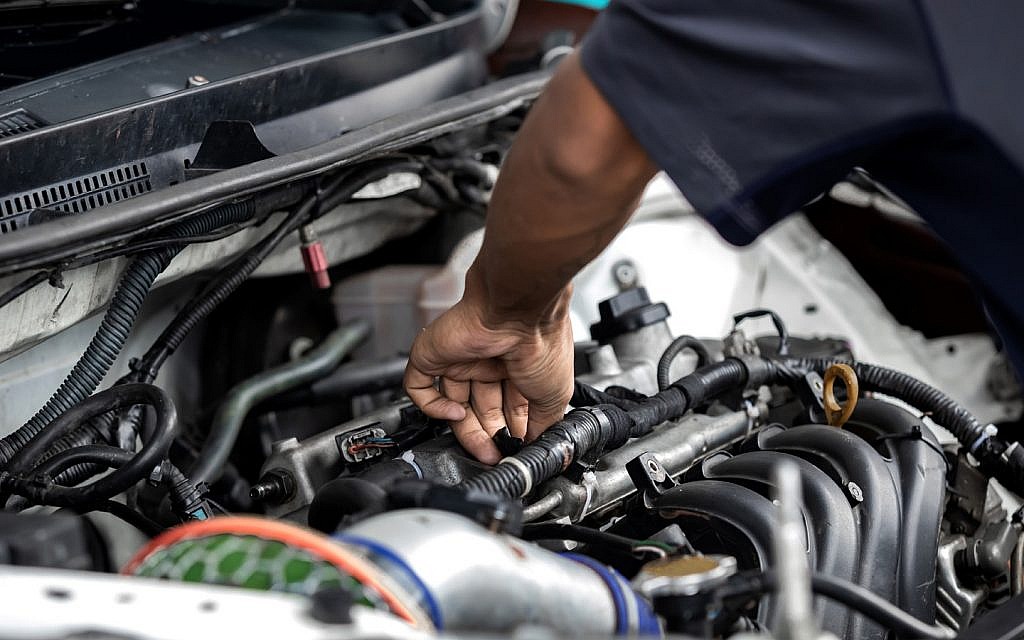BMW is one of the famous luxurious cars that is made up of excellent technology. But with time, people experience vacuum leaks. Even the finest car can have issues with time, weather conditions, or other problems. In this post, you’ll learn about the symptoms of the BMW vacuum hose leak, its causes, and fixes.
The Role of the Vacuum Hose on a BMW
A vacuum hose, called a vacuum line or tube, is a flexible tube or hose made up of synthetic rubber and fabric used in home basements, garages, and workshops and is mostly air-tight. According to its name, the vacuum hose is wide and flexible made of plastic, which is linked to different components of the BMW engine in order to collect the exhaust and form the vacuum as a power source to control each of them.
Certain segments of your vehicle’s vacuum hose are involved in the functioning of the vacuum advance, brake booster, EGR valve, HVAC controls, and heater control valve, as the intake manifold creates the vacuum in these components. Every vacuum line has a mating end to fit in the intake manifold on one end. In case it fails to suck properly, even air in the engine will get through, causing the mixture between air and fuel to be imbalanced. The unstoppable and continuous leak will result in engine problems or the vehicle’s total shutdown.
Vacuum Hose Leak Symptoms
Vacuum hose leaks display several signs. But some leaks are more obvious than others. If your car starts displaying any of the following symptoms, you should visit an Auto repair shop in houston for examination and repairs offered there.
- Check engine light: A vacuum hose leak can affect the vehicle’s diagnostic system, resulting in a check engine light. Vacuum hose leaks may be the fastest to spot, but technicians must have certain mechanical skills to detect the genuine issue and fix it accordingly. With the help of diagnostic tests, they can know the issue behind your BMW.
- Rough idle: If the cause of your car shaking is the engine, there is a chance that it is the vacuum hose that has leaked. The car’s performance might be at its peak, with the RPMs too high on one side and too low on the other side when the automobile is idling.
- Stalling: IF it’s detected that the engine is stalling sooner or later, immediately book an appointment. It would seem that it is a great hazard that brings risks to your own, pedestrians, and other drivers around you.
- Hissing sounds: The unusual hissing coming from your car while you are traveling is another good indication that your vehicle needs to be checked and needs urgent fixing.
Causes of BMW Vacuum Hose Leaks
Here are the causes of BMW vacuum hose leaks.
- Age and Wear: Prolonged use of rubber hoses, more commonly found under the hood of cars over time, leads to material degradation and the structural instability of the hoses caused by exposure to heat, oil from engines, and the environment. This can cause faults, cracks, or elongation of the hose. Therefore, leaks will be experienced.
- Vibration and Movement: The continuous vibration tied to the operations of engines and other vehicle components is likely to influence the hose’s shifting position or make contact with other parts, be they the hose’s material.
- Improper Installation or Maintenance: The ways of faulty and improper installation and maintenance procedures, which can be over-tightening hose clamps or using incompatible materials, are other conditions that can contribute to the emergence of leaks all around the vacuum hoses.
Effective Fixes for BMW Vacuum Hose Leaks
Below are the effective fixes for BMW vacuum hose leaks.
- Visual Inspection: Assess the hoses by scanning them visually for even minor issues, such as cracks, splits, or deformations. Monitor the parts of the hose routed near the locations with sharp edges or hot surfaces carefully.
- Pressure Testing: The application of a vacuum pump or smoke emitter might come in handy in order to pressurize the vacuum and bring out the designated place of pressure. This can allow us to know the presence of occluded cavities, which may be invisible upon visual inspection.
- Replacement of Damaged Hoses: A damaged or leaking hose vacuum should be replaced with a new OEM or a top-class aftermarket auto hose. Make sure that the particular type of replacement hose that you are using is suitable for the kind and model of your BMW car. You can replace it with an expert technician from a European Auto repair shop.
- Proper Installation: During the vacuum hose installation, see to it that they are not routed near any heat sources or abrasion, and use hose clamps or fitting for a secure hold. Be sure to follow the manufacturer’s guidelines based on torque specification and assembly instructions.
